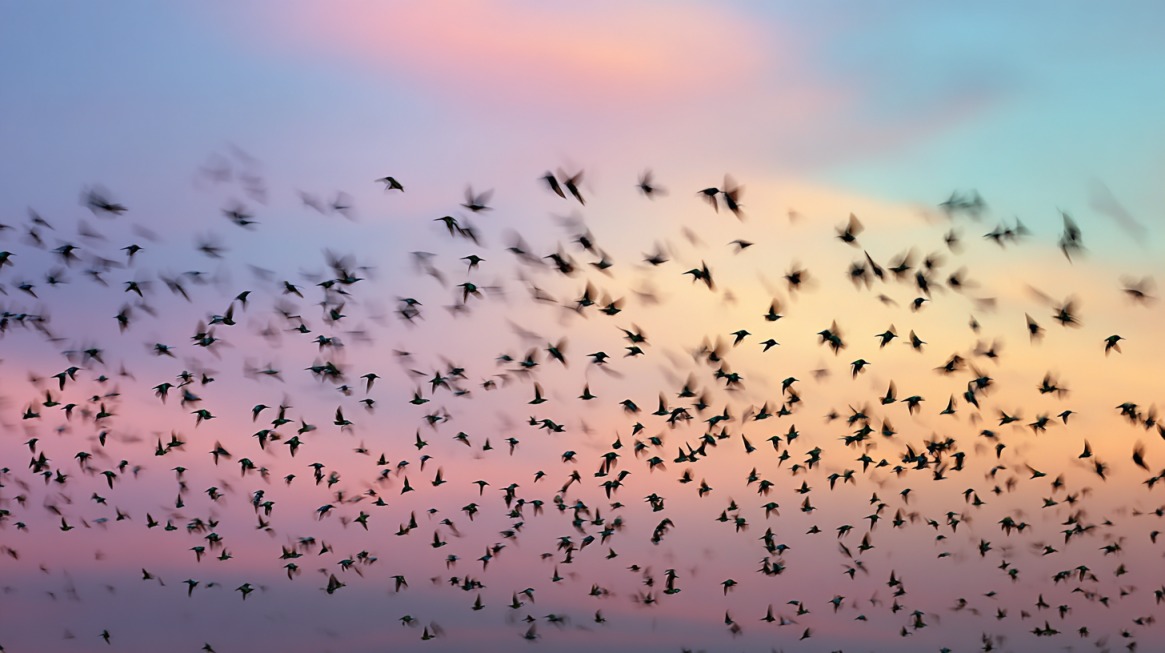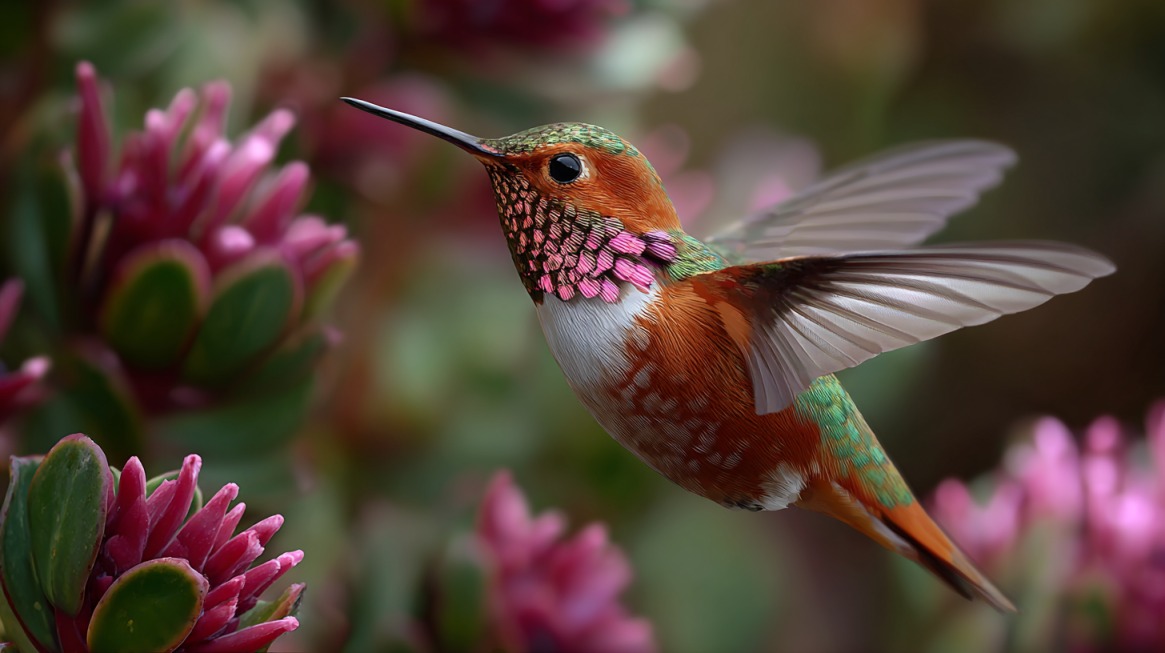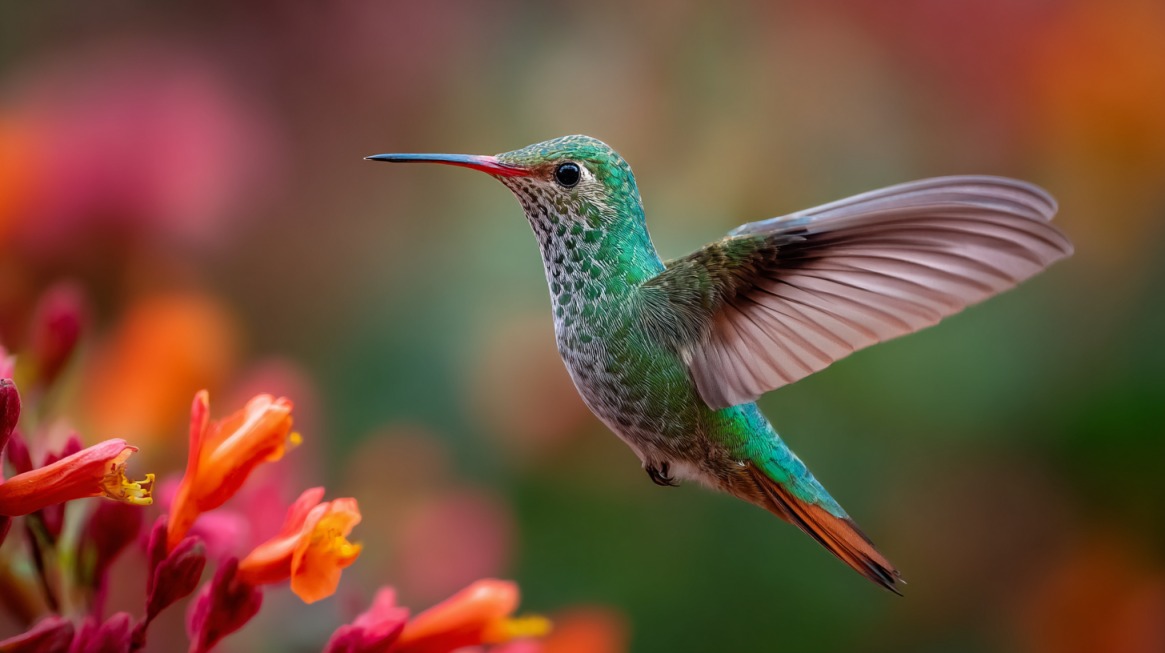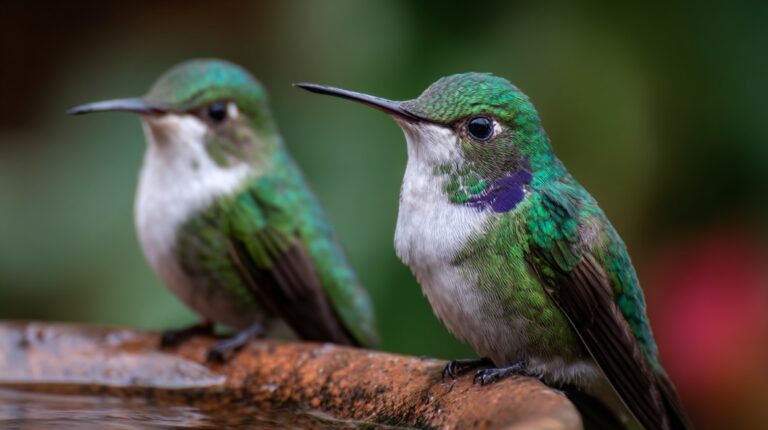Tiny yet energetic, hummingbirds captivate anyone lucky enough to see them hovering around flowers and feeders.
Their migration habits are among nature’s most fascinating seasonal movements.
Knowing exactly when they leave Wisconsin helps bird lovers prepare their feeders and gardens.
Curious observers often wonder when to say goodbye to these vibrant travelers and when it’s time to take down their nectar stations.
When Do They Leave?
- Typical departure window: Late August through early October
- Early leavers: Adult males
- Later departures: Females and juveniles
- Last sightings: Usually by early to mid-October, depending on region and weather

Hummingbird migration out of Wisconsin follows a fascinating, predictable rhythm tied to the changing seasons.
Most begin their departure in late August, with the majority gone by early to mid-October.
Males are typically the first to leave, followed by females and juvenile birds who need extra time to build up energy reserves before the long journey south.
Reports from birdwatchers across Wisconsin confirm this migration window. In regions such as Waukesha, Fox Point, and Cudahy, the last sightings often occur in late August or early September.
However, some late travelers, often younger or weaker birds, may stay into early fall if food remains available.
Warm autumns can slightly delay departures, though once the nectar supply dwindles, migration accelerates rapidly.
Keeping your feeders active during this period allows you to witness the final wave of travelers as they prepare for their trek toward Central America or the Gulf Coast.
Observing the gradual disappearance of these birds serves as a gentle reminder that summer’s end is near and nature’s cycle continues in perfect timing.
Migration Tracking Tools
@donkeyjoker626 Hummingbird migration map made easy #hummingbird #hummingbirds #wild #wildbird #birdfeeder #hummingbirdfeeder #birdwatching #hummingbirdmigration2025 #hummingbirdmigration #outdoors #ozarks #arkansas #missouri #louisiana #mississippi #florida #fypシ゚viral #fyp #fypシ #viral #birdfeeding #netvue #birdfy #gulf #gulfofmexico ♬ original sound – DonkeyJoker
Tracking hummingbird migration adds excitement and scientific value to birdwatching.
Technology and citizen science now make it easier than ever to follow their routes and contribute valuable data.
- Offers frequently updated interactive maps displaying real-time hummingbird migration patterns across North America.
- Wisconsin eBird enables residents to record local sightings, analyze patterns, and access collective regional data.
- Encourages participants to record bird activity over several days each February, helping researchers understand migration trends and population shifts.
Engaging with these platforms not only deepens your knowledge of hummingbird behavior but also helps protect them.
When Should You Take Down Feeders?

Deciding when to remove feeders is a common concern among Wisconsin bird enthusiasts.
Experts suggest keeping them up for at least two weeks after your last hummingbird sighting.
Doing so ensures that any late migrants can refuel for the long journey south.
Many people mistakenly believe feeders cause hummingbirds to delay migration, but this is untrue.
- Keep nectar fresh: Replace sugar water every few days to prevent spoilage.
- Prevent freezing: Use outdoor-safe warming wraps or bring feeders indoors overnight if temperatures drop.
- Clean regularly: Rinse and scrub feeders with warm water to avoid mold and bacteria buildup.
Continuing to provide nectar during the final weeks of the season not only supports lingering birds but increases the chance of attracting return visitors next year.
Do Hummingbirds Return to the Same Spot?

Hummingbirds are renowned for their astonishing memory and navigation skills.
They can recall precise feeder locations, yard layouts, and even which flowers produced the best nectar the previous year.
Many Wisconsin homeowners report that their tiny guests return around the same week each year, often within just a few days of their previous visits.
- Keep feeders in the same location each year for easier recognition.
- Include red or tubular blooms such as bee balm, cardinal flower, or columbine.
- A gentle mist or shallow fountain attracts thirsty birds.
- Trees and shrubs offer resting spots and protection from predators.
Building a hummingbird-friendly yard not only invites them back annually but also creates a mini sanctuary that supports their migration needs.
Hummingbird Migration
Hummingbirds migrate as a direct response to environmental cues.
Shorter days and declining food availability trigger instinctive movement toward warmer regions abundant in nectar and insects.
These birds cover extraordinary distances, with some traveling thousands of miles to reach wintering grounds in Central America, Mexico, or the U.S. Gulf Coast.
In Wisconsin, the Ruby-throated hummingbird dominates local sightings and represents the only species that regularly breeds in the state.
Known for its brilliant green feathers and remarkable endurance, it performs one of nature’s most impressive feats, a nonstop flight across the Gulf of Mexico that can last up to 18 hours.
- Migration distance: Up to 2,000 miles between breeding and wintering areas
- Flight pattern: Often solitary, using stored fat reserves for long flights
- Speed: Averages 25–30 miles per hour during migration
- Timing: Triggered by daylight reduction, not weather conditions
Check out the sound of hummingbirds!
Spotting these tiny athletes in late summer is a clear sign that nature is transitioning toward autumn.
Their determination to survive and return each year highlights the delicate balance between instinct, endurance, and the rhythm of the natural world.
As the hummingbirds head south, it’s also a beautiful time to explore Wisconsin’s outdoors – from forests to the many lakes in Wisconsin that reflect the changing colors of fall.
Final Thoughts
Most hummingbirds depart Wisconsin between late August and early October, following the natural rhythm of migration.
Bird watchers can play a part in supporting these tiny travelers by keeping feeders out, reporting sightings, and planting native flowers.
Continued participation in tracking and conservation helps ensure that these aerial wonders thrive for generations to come.

